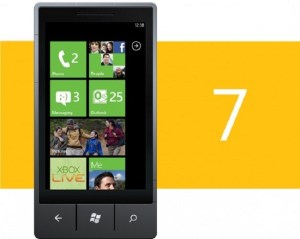
Windows Phone 7 may have gotten off to a strong start in the UK, reportedly selling out in their first week of availability. However, according to UK phone retailer MobilesPlease, Windows Phone 7 devices have accounted for just three percent of smartphone sales since the platform launched. That figure means that Windows Phones 7 devices are being outsold by Android smartphones by a factor of about 15 to 1…and that Windows Phone 7 devices are even being outsold by Symbian^3 handsets by a factor of about 3 to 1.
MobilePlease also checked with other UK phone retailers; although they declined to provide actual numbers, they also indicated Windows Phone 7 devices weren’t selling in tremendous numbers.
Microsoft has not yet released any figured on Windows Phone 7 sales, but has said it hopes to sell as many as 30 million devices by the end of 2011. Without citing sources, TheStreet.com reported Microsoft sold 40,000 Windows Phone 7 devices at launch. Based on installation of the Facebook application for Windows Phone 7, WMPowerUser estimates about 120,000 Windows Phone 7 devices are currently in use.
Microsoft is late to the consumer smartphone market, launching the Windows Phone 7 platform more than three years after Apple debuted the original iPhone, and after Google’s Android platform had more than a year to develop momentum amongst device manufacturers and developers. It remains to be seen whether Microsoft can convert its momentum in the desktop operating system market and the Xbox 360 gaming platform into a mobile success story. While Windows Phone 7 certainly has an uphill fight, Microsoft also has very deep pockets, meaning it can stay in the battle without a victory for, essentially, as long as it wants.


